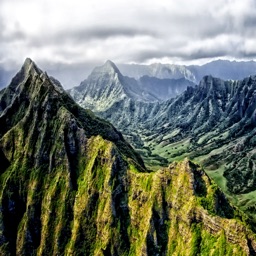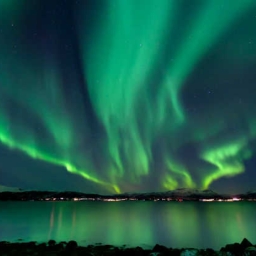
About
Taken by the best photgraphers from all around the world, this site has amazing images such as wild animals, seasonal changes, and all the other amazing parts of nature captured on film.

Taken by the best photgraphers from all around the world, this site has amazing images such as wild animals, seasonal changes, and all the other amazing parts of nature captured on film.
Seascape photography is a kind of landscape photography where one of the main subjects is the sea or the ocean. The main difference is the ever-moving water, which influences your picture and your settings.
Rafael Fernandez Caballero. This year's title of the Best Underwater Photographer went to award-winning Rafael Caballero from Spain.
A long, telephoto lens will provide equal, if not greater opportunities for mountain photography. A long lens that provides a focal length between 100-500mm allows you to expand past what your human eye can see, and capture layers and details that are truly breathtaking.

Mountains are a magical place with jagged peaks and each uniquely decorated. Some are topped with glaciers, others dressed with cascading waterfalls. There are even some that are coloured like rainbows, towering out of the landscape and taking your breath away with every view.
Desert photography often involves patterns because they can be in the sand, the rocks, the plants, etc. You’ll have plenty of texture to find interesting patterns. You can also create your own patterns by drawing in the sand.

Aside from the popular camels in the Sahara, many animals live in the desert. Depending on the area, you might find some really astonishing models for your desert photography. For example, goats in Australia’s Simpson Desert, gray foxes in the Atacama Desert in Chile, meerkats in the South African Kalahari or a gemsbok in Namibia’s Namib Desert.
Snow is stunningly beautiful, yet capturing gorgeous photos of snow can be surprisingly difficult. If you simply head out on a snow photoshoot without proper preparation, you may run into autofocus and exposure issues.

For outdoor photo shoots in snowy conditions, use a moisture-resistant lens, such as the EF 70–200mm f/4L IS II USM telephoto lens. Switch to Movie shooting mode to take short videos of the snowfall in slow motion.
The aurora borealis, otherwise known as the northern lights, is a vivid demonstration of the Earth's magnetic field interacting with charged particles from the sun. It's also beautiful, and worth braving a cold night out when visiting the high northern (or southern) latitudes.

If you want to photograph the Northern Lights, a good starting point is: aperture f/2.8 or the widest possible in your lens, ISO 3200-8000, and a shutter speed between 1-12 seconds, depending on the Northern Lights activity. The quicker the Aurora moves, the faster your shutter speed should be.
With modern advances, you can now take impressive aerial photography with a drone. This technique is amazing for photographing forests. From above, the trees seem even vaster and never-ending. It is best to take aerial photography on a clear day, to get a full view of the tree-tops.

Forests are considered visually messy. They are made up of different elements that can be hard to capture, from sticks to stumps and rocks, leaves, rivers, and moss.